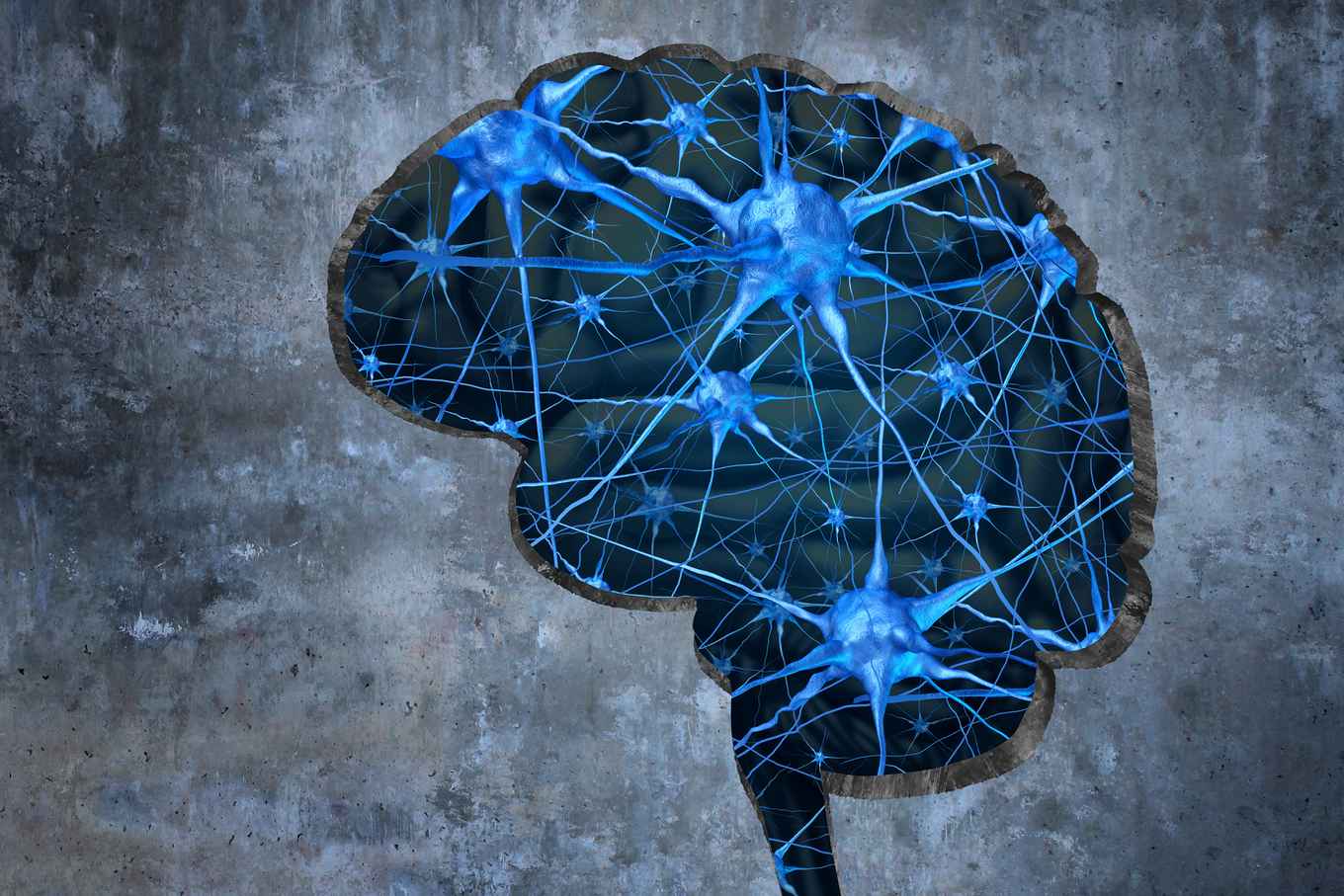European grant for research into disrupted integration of sensory information in autism
25 November 2019

The consortium will investigate how information from different types of sensory systems – sound and sight – are integrated within our nervous system, how this process develops from birth to adulthood, and to what extent this process is disrupted in autism. The project will be coordinated by Dr Umberto Olcese and Dr Conrado Bosman from the Swammerdam Institute for Life Sciences.
Autism
Humans and other living organisms use senses to – both literally and figuratively speaking – make sense of the world. In order to do this properly, information from our different senses needs to be properly combined in our nervous system.
The scientific term for this is multisensory integration. If this process is for some reason disrupted, it can give a distorted idea of the world around us. This is a key symptom of autism spectrum disorders. However, the exact neural basis of disrupted multisensory integration in autism is still poorly understood.
From birth to childhood
That is the problem the new research consortium wants to tackle. Key to the approach of the neuroscientists is that they will study how multisensory integration develops from birth to adulthood. They will do this in a transgenic model as well as with healthy human volunteers and patients suffering from autism spectrum disorder.
More specifically the team will test the hypothesis that the impairment might stem from imbalances between excitatory and inhibitory neurons in the brain’s neocortex. The researchers hope tackling the fundamental question how the ability to integrate multiple sensory modalities develops will also lead to new diagnostic and therapeutic approaches for people with autism spectrum disorder.
Collaboration
The consortium has named itself DOMINO: Development Of cortical Multisensory Integration mechanisms at micro- and macro- scales during NOrmal and pathophysiological conditions. It isa collaboration between the University of Amsterdam, the Italian National Research Council (CNR, Pisa, Italy), The French National Center for Scientific Research (CNRS, Toulouse, France) and Panteion University (Athens, Greece).
The 3-year DOMINO project will be funded under the FLAG-ERA framework, under which national funding agencies from European Union member states join forces to fund ambitious research initiatives. In total an amount of € 817.840 is available for this research. DOMINO will become a partnering project to the EU Flagship Human Brain Project.